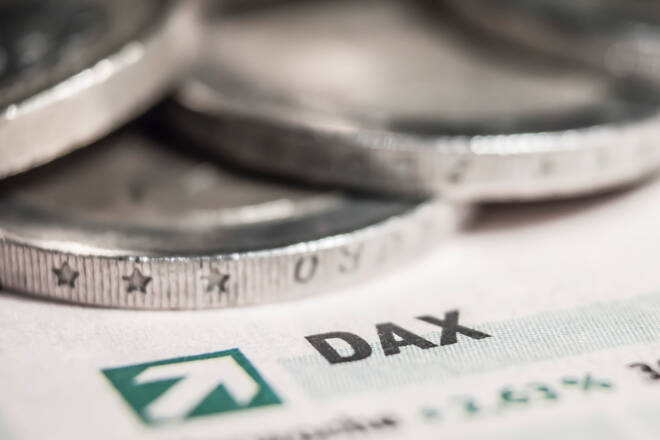Advertisement
Advertisement
German Industrial Production Stalls in December, Pressuring the EUR
By:
Industrial production figures from Germany disappoint, pressuring the EUR ahead of the European open.
It’s a quiet day on the Eurozone economic calendar today. German factory orders were in focus ahead of the European open.
Later today, ECB President Lagarde is also scheduled to speak, with any forward guidance likely to move the dial.
German Stats Disappoint Once More
In December, industrial production stalled, following a 1.5% increase in the month of November. Economists had forecast a 0.3% rise.
According to Destatis,
- Production in industry excluding energy and construction was up by 0.9%.
- Within industry, the production of intermediate goods rose by 2.0%, with the production of consumer goods up by 2.6%. The production of capital goods fell by 0.5%.
- Outside industry, energy production was down by 2.9%, while production in construction was up by 3.2%.
- Industrial production fell by 1.0% on the same month a year earlier.
- Compared with February 2020, the month before restrictions were imposed, production was 3.6% lower.
- In 2020, production in industry was 8.5% lower than in the previous year.
Market Impact
Following last week’s pullback, the EUR took another hit in response to this morning’s numbers.
Upon release of the stats, the EUR rose from $1.20391 to $1.20395 before hitting reverse. The reversal saw the EUR slide to $1.20319 before finding support, steering clear of an early current day low $1.20296.
At the time of writing, the EUR was down by 0.12% to $1.20344.
About the Author
Bob Masonauthor
With over 28 years of experience in the financial industry, Bob has worked with various global rating agencies and multinational banks. Currently he is covering currencies, commodities, alternative asset classes and global equities, focusing mostly on European and Asian markets.
Advertisement
